African Mask Plant Care Guide
The exotic African mask plant, also called Alocasia amazonica, loves a moist tropical environment whether it’s outside or in a pot indoors.
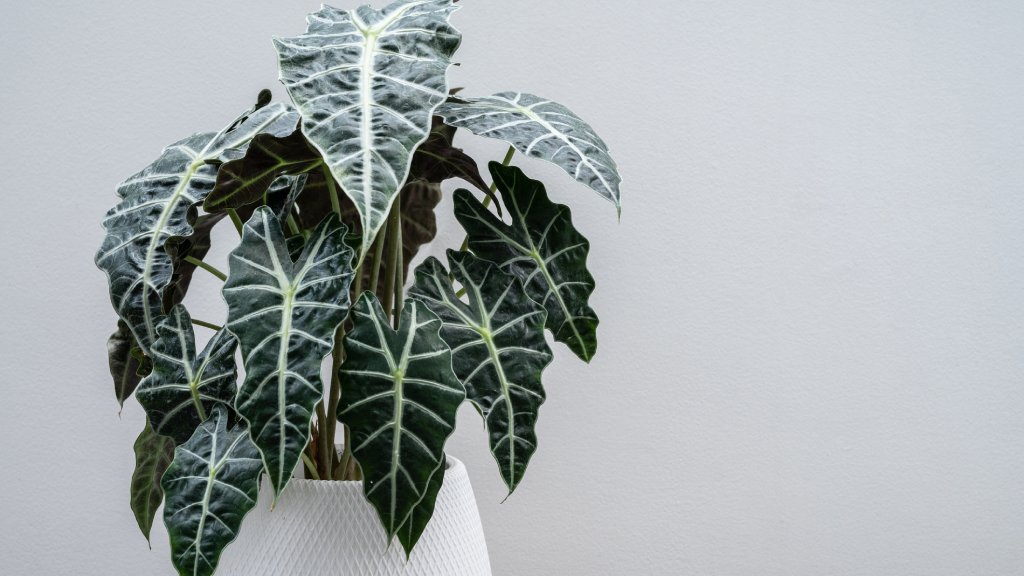
Quick African Mask Plant Facts:
- Botanical name - Alocasia amazonica
- Height - 1 to 2 feet (0.3 to 0.6 m)
- Spread - 1 to 2 feet (0.3 to 0.6 m)
- Sun exposure - Bright indirect, or filtered light
- Soil requirements - Rich, moist, well-drained
- Hardiness zones - 10 to 12
- When to plant - Anytime indoors, spring or early summer outdoors
African mask plant is Alocasia amazonica, one of many species in the genus of plants often commonly called elephant ear or elephant’s ear. Often used as a houseplant, African mask Alocasia is a tropical plant that survives outdoors only in summer in much of North America. Be aware that this plant and other varieties are highly toxic to humans and animals.
African Mask Plant Care
Alocasia amazonica care requires specific conditions. Because it comes from tropical regions of the globe, it is necessary to recreate important aspects of its natural environment in U.S. homes and gardens.
If you live in a zone that is warm enough, you can grow Alocasia outdoors in beds. If not, use it as an annual, bring it indoors for winter, or grow it as a houseplant.
Light
Alocasias grow under taller plants in tropical conditions, so they do best in bright, indirect light or filtered partial shade. Direct sunlight can burn the foliage or fade leaf colors. A warm spot sheltered from wind and under a tree or other plants is ideal.
Water
African mask has medium water needs. It prefers soil that stays evenly moist but not soggy. It will not tolerate conditions that are too dry. It will also not tolerate standing water, so the soil and bed or container should drain well. Reduce watering in winter.
Temperature & Humidity
Do not leave African mask plants outside when the temperatures dip below 60 or 65 degrees Fahrenheit (15 to 18 Celsius). If growing the plant indoors as a houseplant, find a warm spot without cold drafts for this plant. Humid conditions are best, so use a pebble tray or spritz regularly with water.
Soil
Provide quality soil that is rich in organic material. If growing in a bed, dig compost or other material into the ground to enrich it. For potted plants, use a rich, soil-based mix. Non-soil mixes do not hold moisture. In terms of soil type, African mask is not particular and will tolerate different mixes as long as it drains well.
Gardening tips, videos, info and more delivered right to your inbox!
Sign up for the Gardening Know How newsletter today and receive a free copy of our e-book "How to Grow Delicious Tomatoes".
Fertilizer
Good Alocasia amazonica plant care does require regular fertilization. This is a heavy feeder, and rich organic soil isn’t enough. Use a well-balanced fertilizer every month or a slow-release product every two months. You can stop fertilizing during winter.
Pruning
African mask does not require a lot of pruning. Remove any faded or brown leaves by cutting them close to the soil or top of the corm.
Propagation
You can propagate African mask plants by cuttings of stems in spring or by division in spring or summer. Some varieties have corms. When you pull them up, you will see small corms growing on the main structure. You can remove these to plant in another area. Rhizomatous varieties can simply be divided when pulled up in spring.
Problems, Pests & Diseases
Alocasia has few major issues, but it might suffer root rot from too much water. Look out for signs of spider mites, but otherwise, these plants are largely disease and pest free.
Varieties of Alocasia Amazonica
Alocasia amazonica is a hybrid elephant ear with unknown parentage. Like other varieties, it has large, showy leaves and small, unspectacular flowers. The leaves are leathery, with wavy edges and an arrowhead shape. The coloring is dark bronze to green with white or silvery veins. It is a striking variety, and there are many other Alocasia to choose from for interesting foliage:
- Calidora. Calidora is an elephant ear that grows as tall as nine feet (2.7 m) with very large, bright green leaves.
- Fontanesii. This is another tall variety. It has darker green leaves and purple stems.
- Pink China. Pink China has pink stems and green leaves. It is the hardiest type and can survive outdoors as far north as zone 6.
- Frydek. Frydek has dark, velvety-soft leaves.
- Jack’s Giant. This tall variety has blue-green leaves edged with chartreuse.
Alocasia amazonica is just one hybrid variety of this attractive group of tropical plants. With the right conditions, they can be long-lasting houseplants and indoor-outdoor specimens. Just be aware of toxicity and keep them away from pets and children.

Mary Ellen Ellis has been gardening for over 20 years. With degrees in Chemistry and Biology, Mary Ellen's specialties are flowers, native plants, and herbs.
-
 Looking For Plants To Give You The Soft And Fuzzies? Try These 5 Fuzzy Leaf Plant Options
Looking For Plants To Give You The Soft And Fuzzies? Try These 5 Fuzzy Leaf Plant OptionsLovers of texture, drama, silver foliage and tactile plants will adore these special sensory garden additions. These fuzzy leaf plant options will leave you all aglow
By Susan Albert
-
 Get Ready For A Summer Of Hummers! Grow These Full Sun Hummingbird Plants and Flowers
Get Ready For A Summer Of Hummers! Grow These Full Sun Hummingbird Plants and FlowersIf you’re lucky enough to enjoy a sunny backyard, make sure you are maxing out on your pollinator opportunities and grow these full sun hummingbird plants and flowers
By Tonya Barnett
-
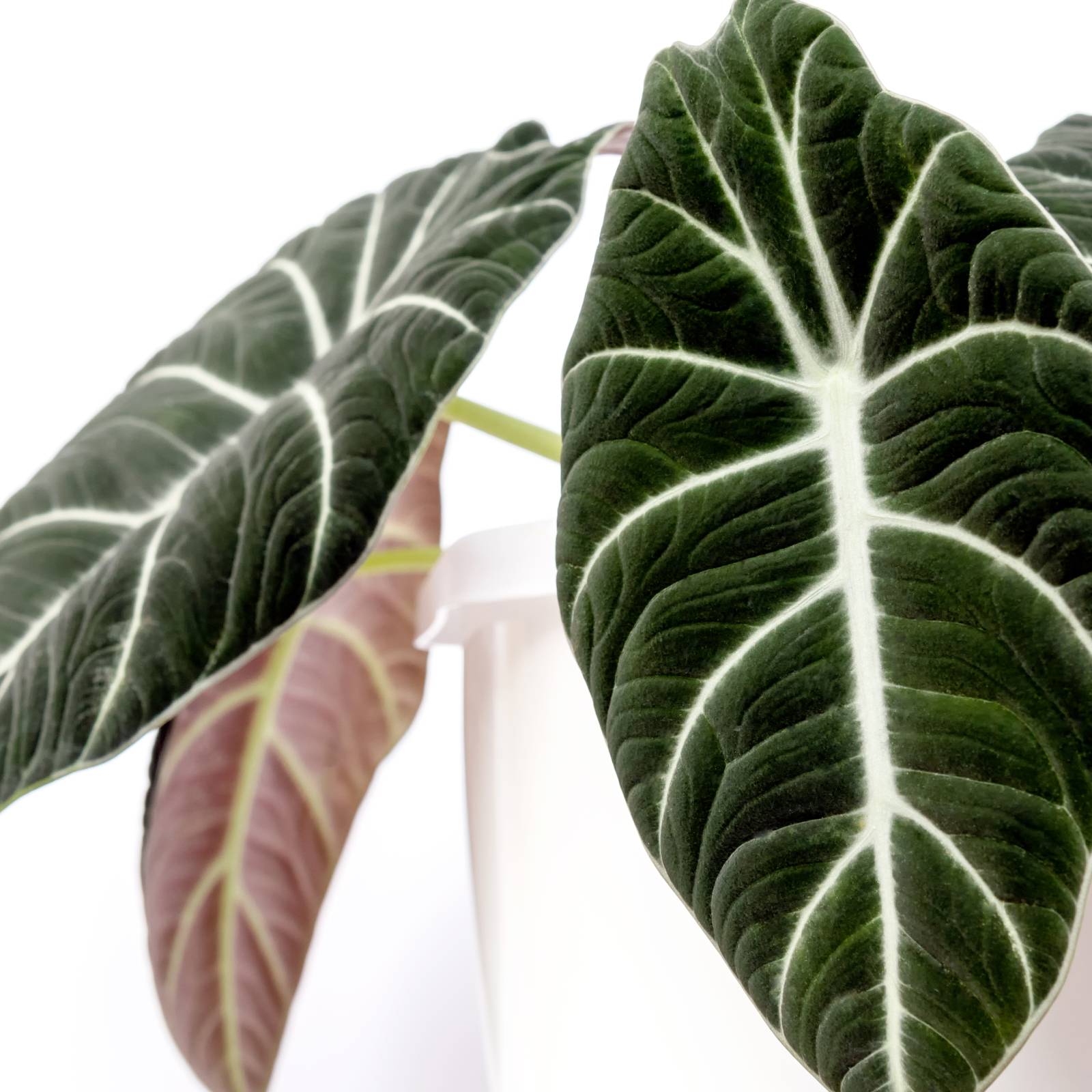 Try These 8 Unique And Fancy Alocasia Plant Varieties For Jungle Drama
Try These 8 Unique And Fancy Alocasia Plant Varieties For Jungle DramaFancy alocasia plants can dress up your garden or interior spaces with dramatic, large leaves of different colors and textures. Enjoy growing this unique plant.
By Tonya Barnett
-
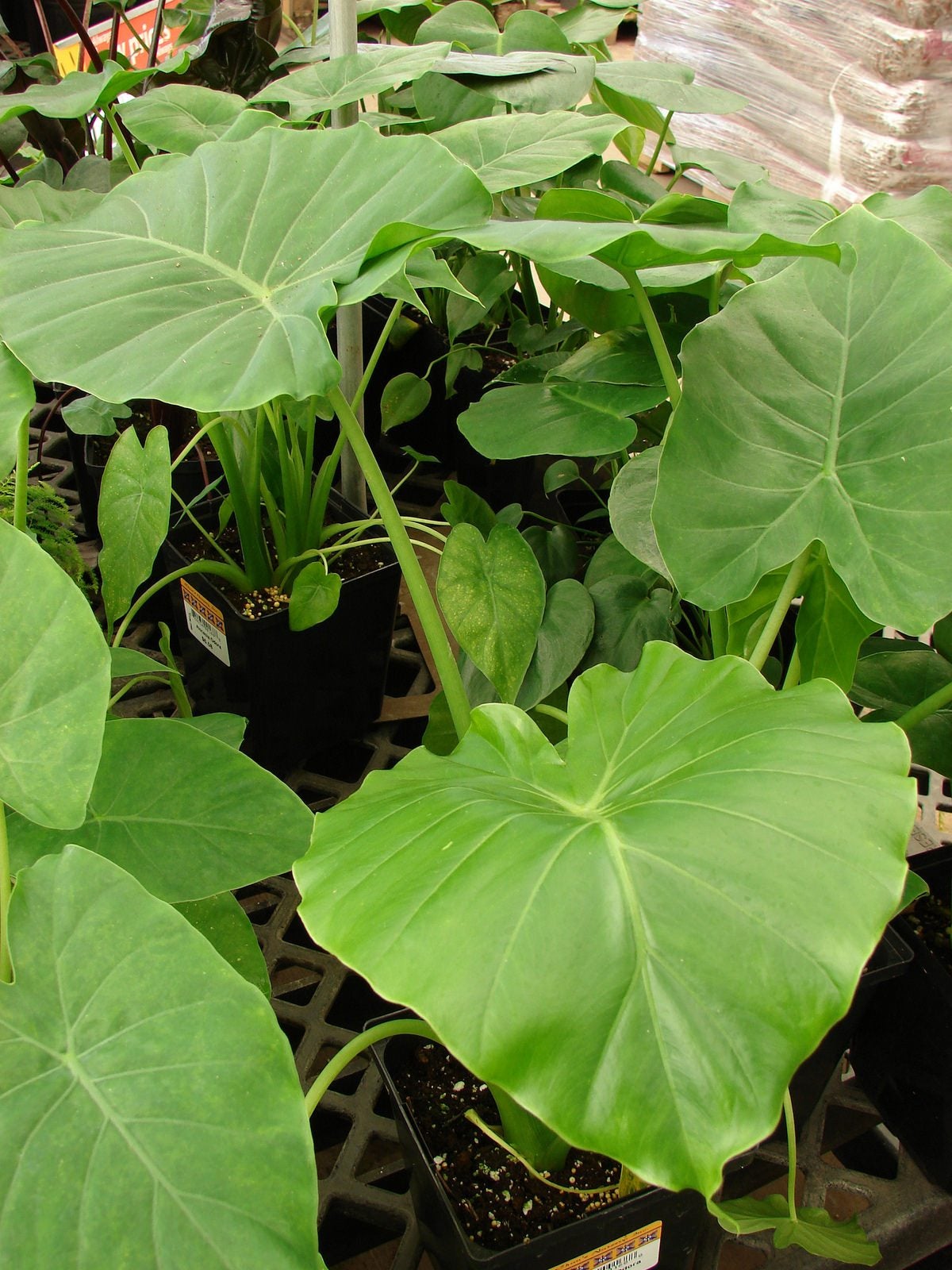 How To Propagate Alocasia – Tips On Alocasia Plant Propagation
How To Propagate Alocasia – Tips On Alocasia Plant PropagationAlocasia can grow to impressive size. How do you go about propagating alocasia plants? Learn more about alocasia propagation methods and how to propagate alocasia in this article. Click here to get more information.
By Liz Baessler
-
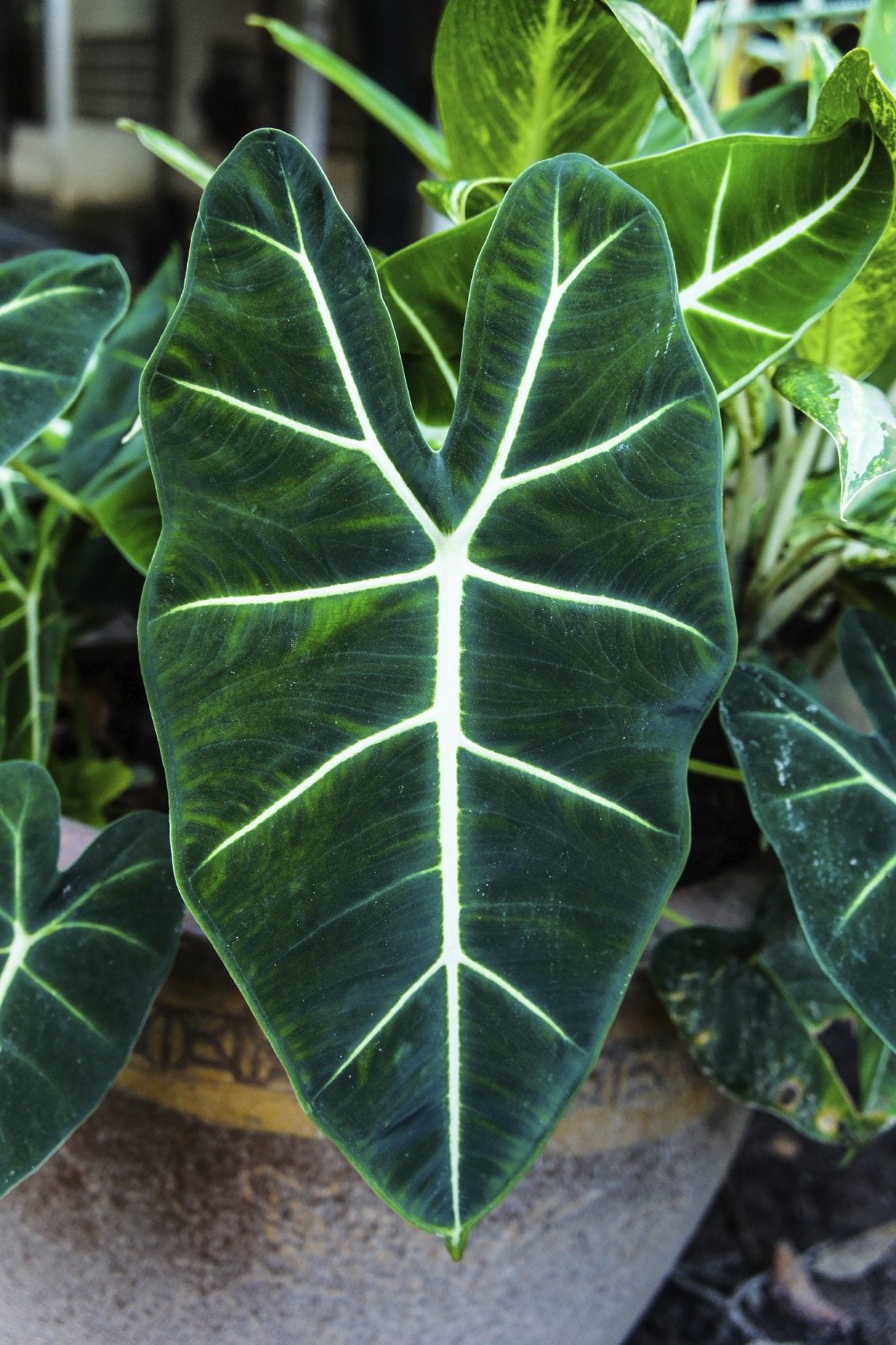 Feeding Alocasias: Tips On Fertilizing Alocasia Plants
Feeding Alocasias: Tips On Fertilizing Alocasia PlantsRegardless of how you grow them, fertilizing alocasia plants is essential to their healthy growth. You can learn about alocasia plant feeding and when to fertilize alocasia in the article that follows. Simply click here for more information.
By Liz Baessler
-
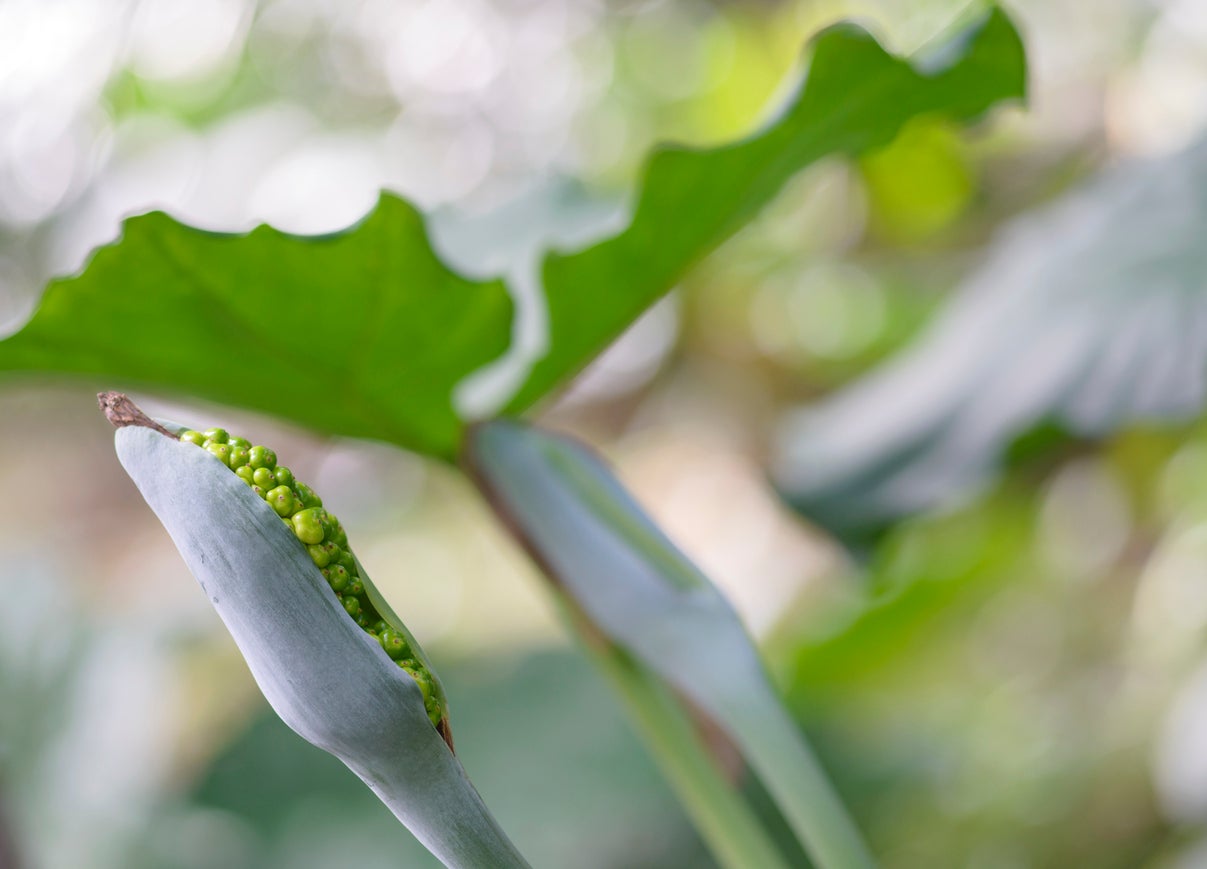 Seed Pods On Elephant Ear Plants: Do Alocasia Elephant Ears Have Seeds
Seed Pods On Elephant Ear Plants: Do Alocasia Elephant Ears Have SeedsDo Alocasia elephant ears have seeds? They do, but elephant ear flower seeds are only viable a short time, so if you want to plant them, harvest the pods and use them as soon as possible. This article will help with what to do.
By Bonnie L. Grant
